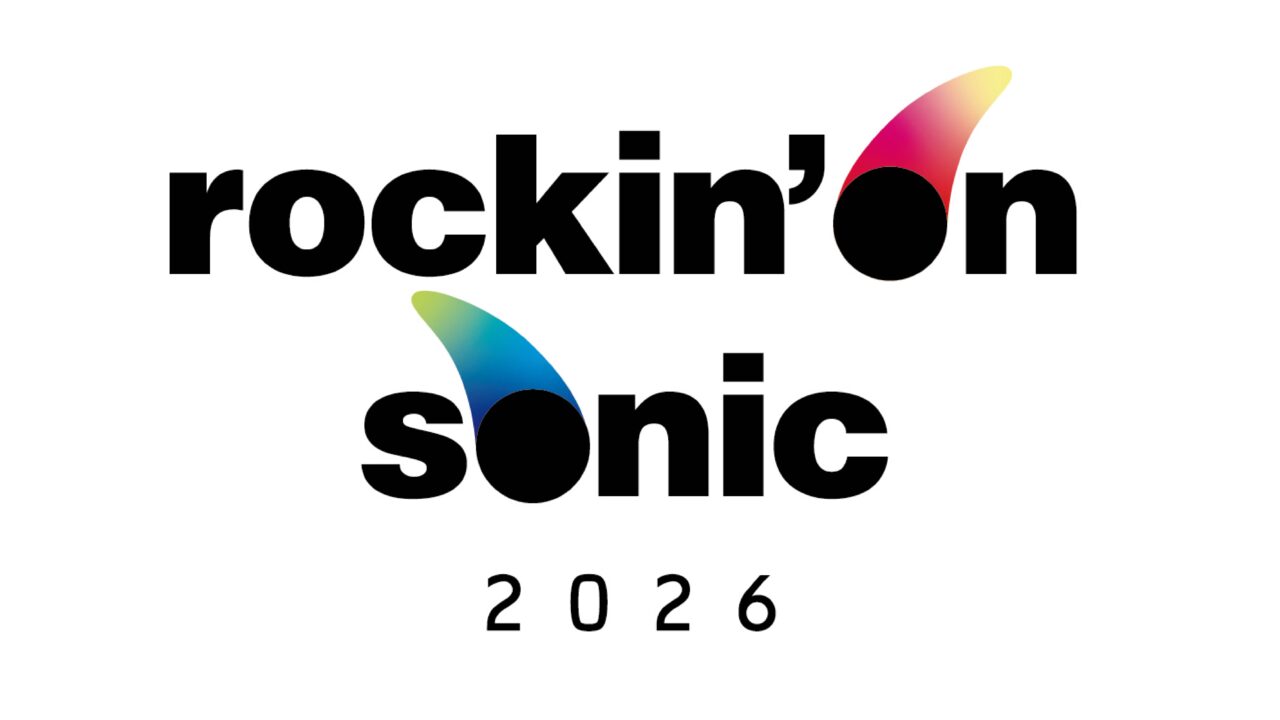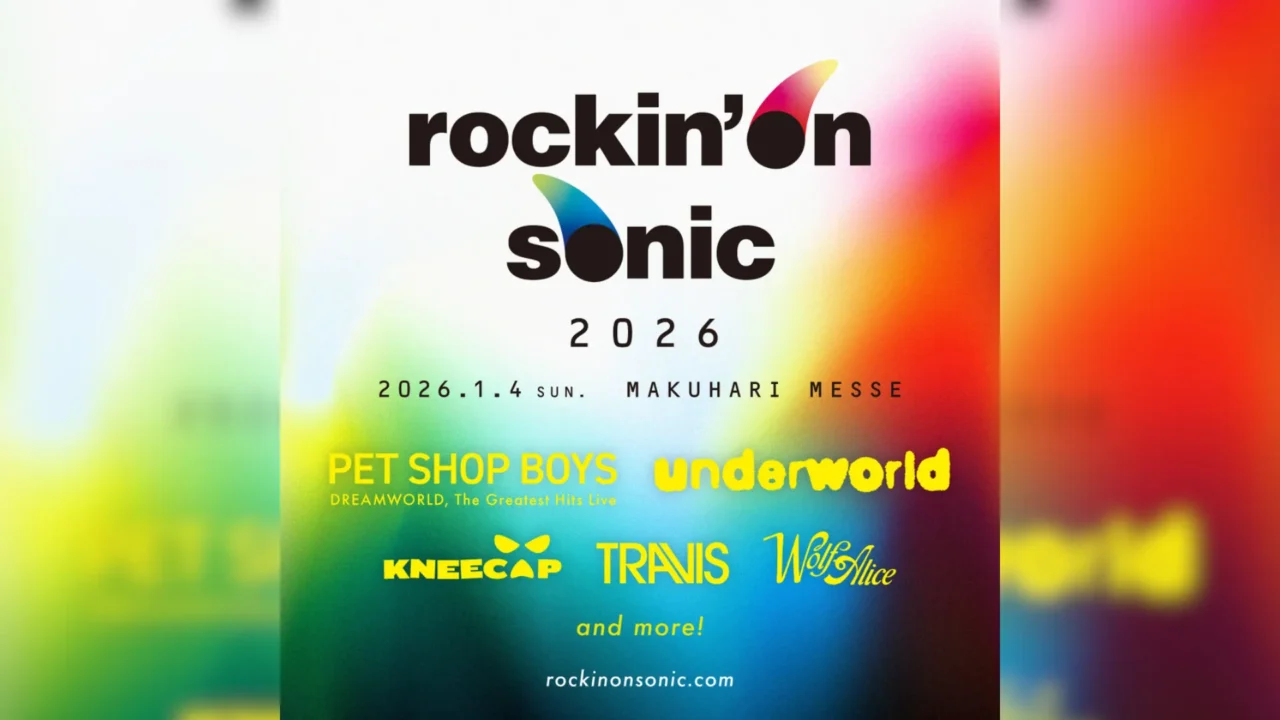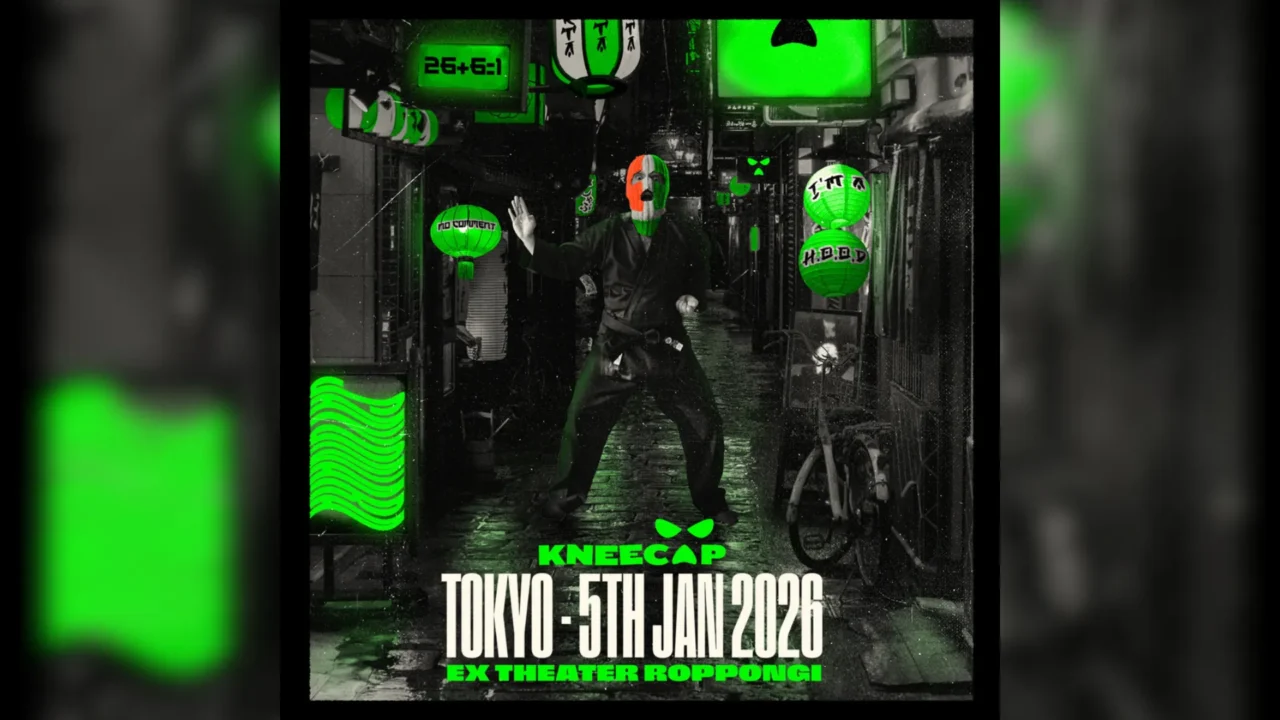INDEX
The way he blinks and speaks. The real joy in Tom Cruise’s acting
Tom Cruise has been the forefront actor and producer. What do you think makes him stand out?
Namba: I have always said that Tom Cruise does not blink. Of course, he sometimes blinks while he is speaking. But he doesn’t blink when he is making a snappy facial cut, when he is getting command information, or when he is facing an enemy. It’s good to watch “Mission: Impossible” with a stopwatch in hand, as it is with any film. How many seconds can this person endure without blinking?” It would be fun to try it once.

Namba: For example, if this were Richard Gere or George Clooney, they would crack their eyes open. That would be their must-do performance, exuding cuteness and sexiness, but Tom Cruise doesn’t blink in front of women. He creates an atmosphere of “you can’t beat those eyes” by looking at them with a glare. That is the secret of his eye power. In “Rain Man,” he dares not to make eye contact. While looking away from the other actor, he continues to speak eloquently with his hands.
This is how Tom Cruise uses his eye power to be sometimes intimidating and sometimes persuasive. As much as running, “not blinking” is a winning pattern in Tom’s acting.
“Top Gun: Maverick” could be a gateway to dive into Tom Cruise’s films, but what film of his would you recommend to watch first?
Namba: First of all, I would recommend “Risky Business.” Tom Cruise is now 60 and will finally turn 61 this year, the same age as Paul Newman in “The Color of Money.” These actors were also such young mischief makers when they were young, and this is where Tom also started.
Looking back at “Risky Business” again, it is clear that it is not a typical comedy about first-time experiences. It is a film that directly depicts social issues that cannot be fully described in the genre of coming-of-age films. After all, the Reagan administration was in power at the time, and it is clear that the film attempts to delve deeply into the problems of capitalism. The film tells a story that cannot be told in a single bite as a coming-of-age film or a romantic comedy. I would like people to take “Risky Business” as a message that being socially conscious is never something to be ashamed of.
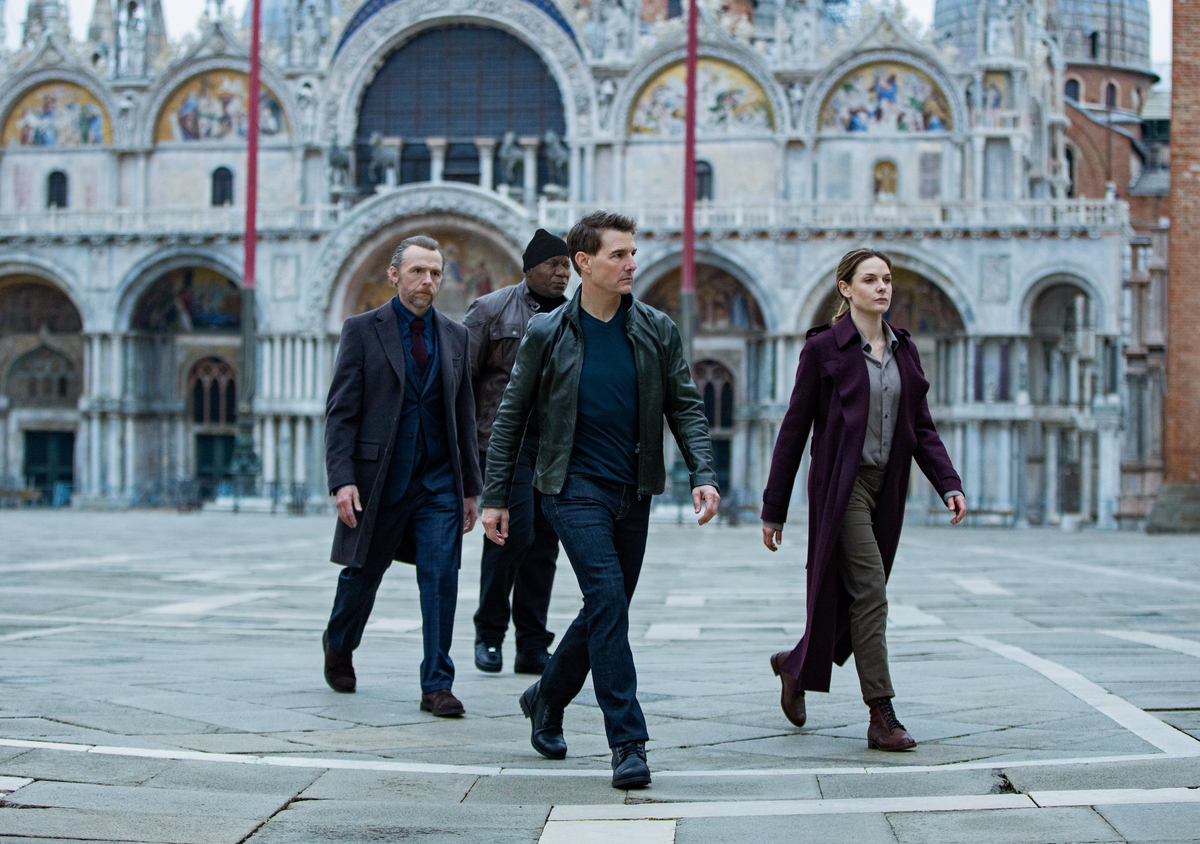
Namba: If the hurdle to seeing “Risky Business” is too high, you might want to watch the “Mission: Impossible” franchise from the first film all through. There, you will see that Tom Cruise’s acting pattern, as does his hairstyle, gradually changes.
For example, in the first film, he is giving instructions to his friends with his voice raised because of his youth, and the performance that he is frightening the others is conspicuous. However, as the series went on, he changed his acting pattern to a whispering manner. By whispering, he has become more persuasive, and he has shifted his acting to a style in which he speaks to the other person as if he has something to say to them. I think the turning point in that area started around “Knight and Day” (2010, James Mangold), but it’s also very clear through the “Mission: Impossible” series.
The new seventh film, “Mission: Impossible: Dead Reckoning Part One,” will be released soon, and being able to watch all the previous films together is only possible now that distribution services are in place. Such changes are surprisingly unnoticeable to those of our generation who have watched everything from the first film in real time. I think it is a very good thing to make full use of such privileges in this day and age.
Mission: Impossible: Dead Reckoning Part One
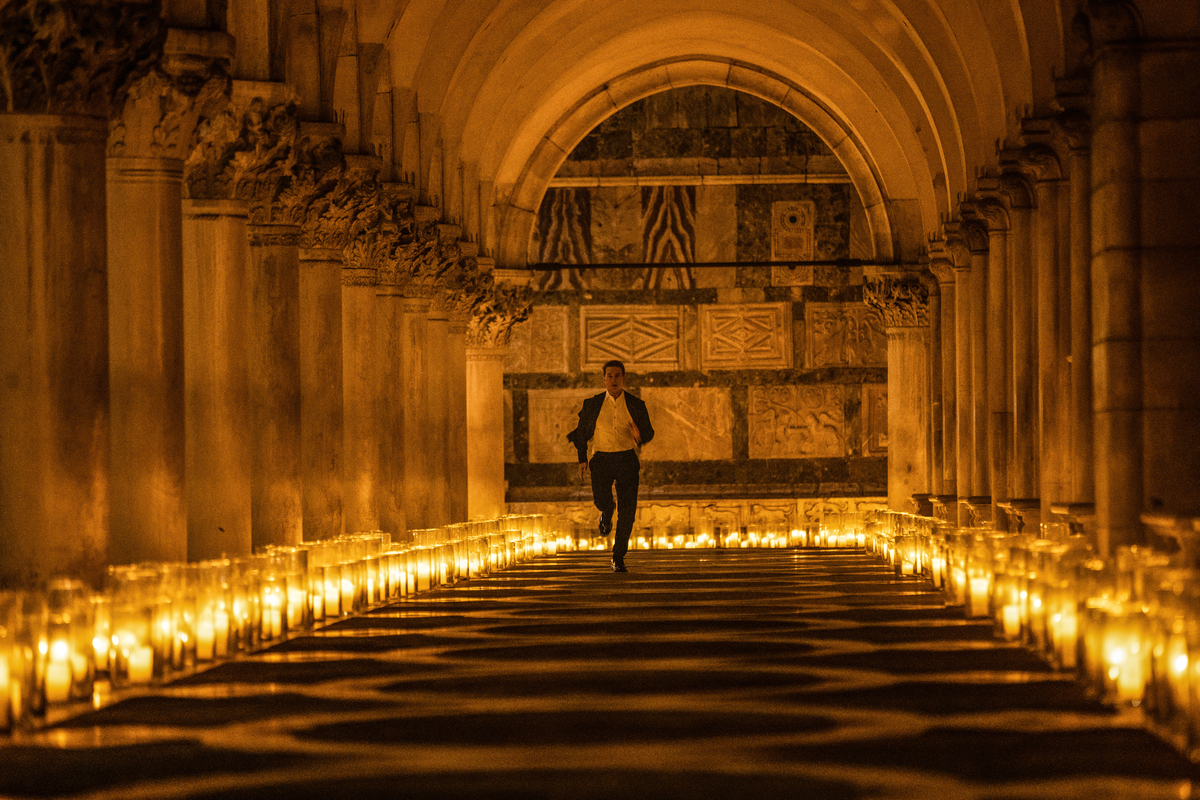
Release Date: July 21, 2023 (Friday) in theaters nationwide
Director/Screenplay: Christopher McCarey (“Mission: Impossible: Rogue Nation,” “Mission: Impossible: Fallout”)
Cast:
Tom Cruise
Hayley Atwell
Ving Rhames
Simon Pegg
Rebecca Ferguson
Vanessa Kirby
Esai Morales
Pom Klementieff
Henry Tsenney
Distributor: Towa Pictures
©2023 PARAMOUNT PICTURES.
https://missionimpossible.jp/
















